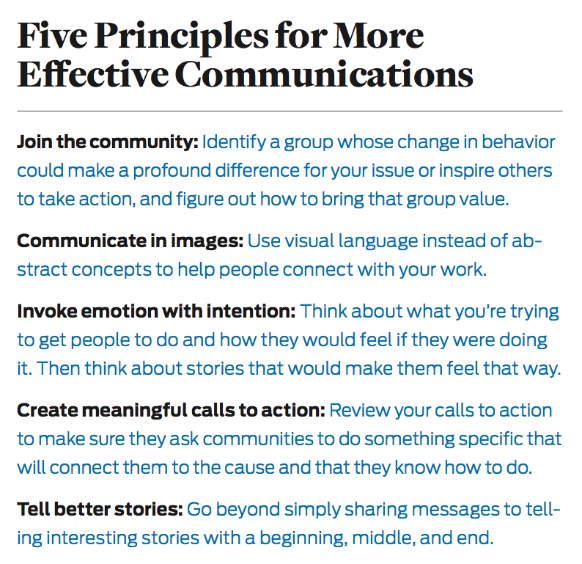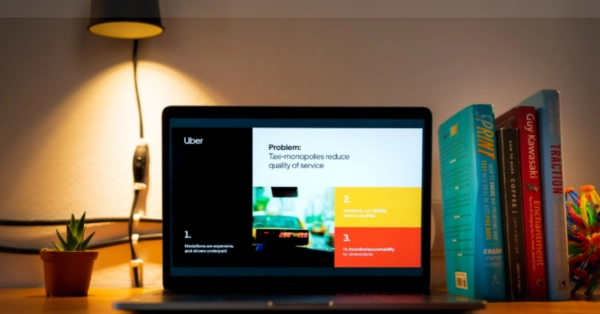'Communication Is The Most Important Skill Any Leader Can Possess' - Richard Branson

Communicating is not limited to making your services known, but also directing this message and knowing how to transmit it. It is essential that the creator of an idea knows how to transmit his knowledge, the viability of his project and, above all, his capacity to carry it out.
To begin with, it will be necessary to know how to make a good presentation when selling the product or service or convincing investors to bet on the idea.
1. Clarity and conciseness
It is necessary to transmit the main characteristics of the project in a few words, in a direct and concrete way. Start by defining your "minimum viable product", this will help in this task.
2. Impress
It is about expressing few ideas, but well structured and in an impacting way.
3. Differentiation
It is also advisable to include what really differentiates your initiative from any other being developed. A series of points that identify the opportunity of betting on the business should be highlighted.
4. Define the target public and the competition.
It is necessary to show with clarity which is the market to which the project is directed; to demonstrate that you know the sector in which you want to enter, the competitors, and the place that we are going to occupy in that context.
5. Know the weaknesses
We must also know the weaknesses of the project and have prepared answers and solutions.
6. Connect
We must try to involve the audience, to make him/her feel closer to the idea.
7. Enthusiasm
You cannot convince the interlocutor if he/she does not perceive passion in the project. It is necessary to demonstrate that we believe in it, and that we dedicate all our time and effort to it.
Communicating for impact on a Triple Balance view
Any entrepreneurial project must have a communication plan, something almost as important as the business plan.
It is crucial to communicate the difference you made to the people you are trying to help, or to the issue you are trying to improve by your idea or growing business.
But this should not only be taken into account when presenting ourselves to investors, but also to any audience to whom we want to present our idea. For this, it is essential to follow a series of steps:
- reports to funders, supporters, investors, and commissioners;
- board reports, management information, and organisational reviews;
- internal communications with staff, volunteers, and beneficiaries; and
- fundraising and communications material, such as websites, brochures and leaflets.
- social media and other digital forms of communication
Here are some simple tips:
1. Show the human impact
Always remember the human stories behind the statistics. You may have many followers on your social media accounts but what does that mean to your service/product users? Go beyond the figures and show a face with a name.
2. Use case studies
One great quote from a service or product user on how their life has improved because of your work can be more effective than ten pages of facts and figures. Tell a story. Use images, video and spoken word rather than a printed report.
Don’t forget to let the people who benefit also speak for themselves by inviting service users to talk about your impact in their own words.
3. Ditch the jargon
If you’re communicating to a non-specialist audience then use plain language to make what you’ve achieved crystal clear.
4. Get the right images
Provide photographs or infographics that tell a story or illustrate your work in action.
5. Pick great statistics
Pick out the statistics which best showcase your impact.
6. Round up your results
However, never be tempted to over claim, and always include the percentage in brackets for transparency’s sake.
























